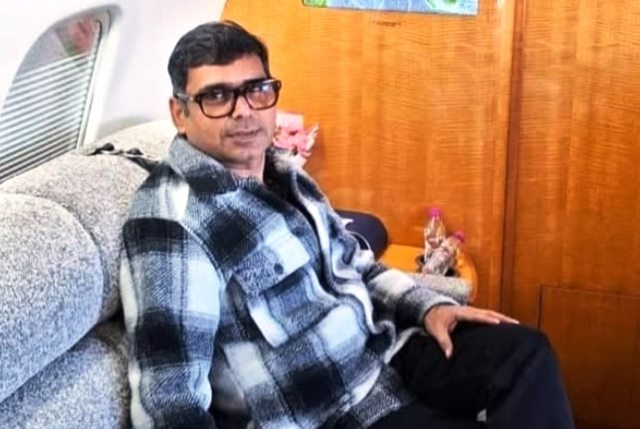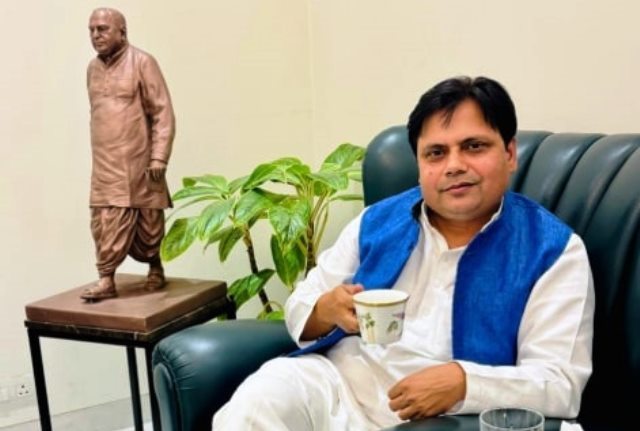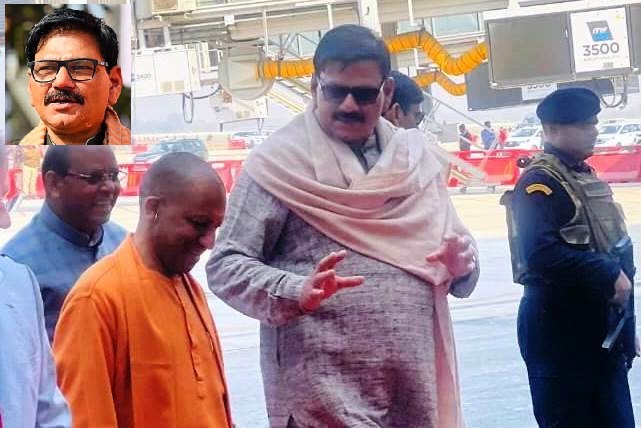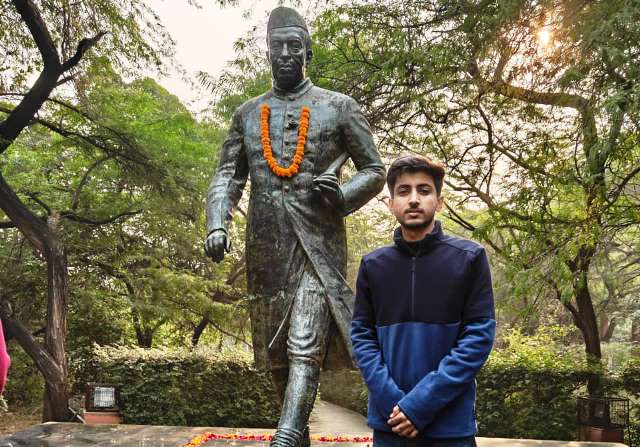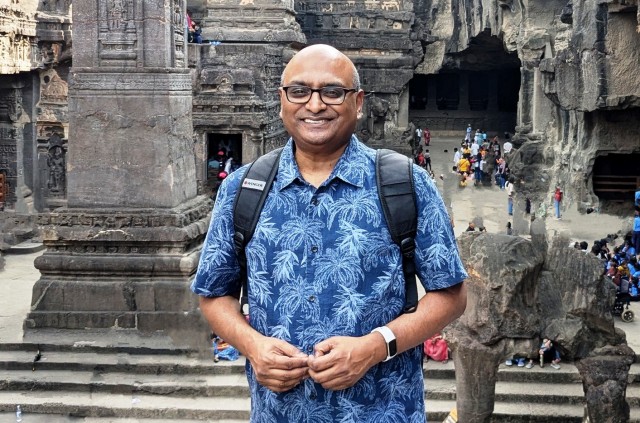
‘Caste Census is a Double Edged Sword’
Brijesh Prabhakar, COO of an IT services company in Bengaluru, explains why caste and not religion remains India’s deepest fault line. His views:
‘Unity in Diversity’ – Nehru. Actually not, Nehru’s discovery of India alludes to the diverse nature of the idea of India, but speaks of the deep nature of cultural commonness. Today’s India may seem to be split along religious lines, but its caste fault lines are deeper and have persisted over a much longer time – millennia actually.
This varna system of social hierarchy has withstood the onslaught of Buddhism, the Muslim Conquest (take your pick – Turks, Arabs, Mongols, Persians), the healing touch of the Bhakti Movement, the much ruinous colonial experience, the Independence Movement and the Economic Liberalisation of the nineties. The caste system’s hold over India’s daily goings on may have eroded slightly over the past three decades as Indians are becoming more prosperous than before, but it lurks still. Inter-caste marriages are an exception; India still votes along caste lines; our education and government jobs are reserved along caste lines.
The British conducted ten censuses which included enumeration of the castes from 1871 to 1931; Independent India in a bid to eradicate caste system does not include this in its census. This is in contrast with the way India runs, votes, marries and has organised itself socially.
This enumeration exercise will detail out if the affirmation policies of the past seven decades have indeed yielded economic upliftment and social mobility of the lower castes. It will also help set aside the right incentives and reservation policies for future generations with the target of creating a more equitable society.
Like a double edged sword, on the other hand, the census data may trigger another round of social unrest like what it did during the 90’s in the aftermath of the Mandal Commission Report. The upper castes will feel left out and complain about the loss of meritocracy.
Either way, India’s caste system is here to stay. I wonder what the architects of modern India Gandhi, Ambedkar, Periyar and Rajaram Mohan Roy would think if they were to ever arise from the dead and tour our nation.
As told to Mamta Sharma
